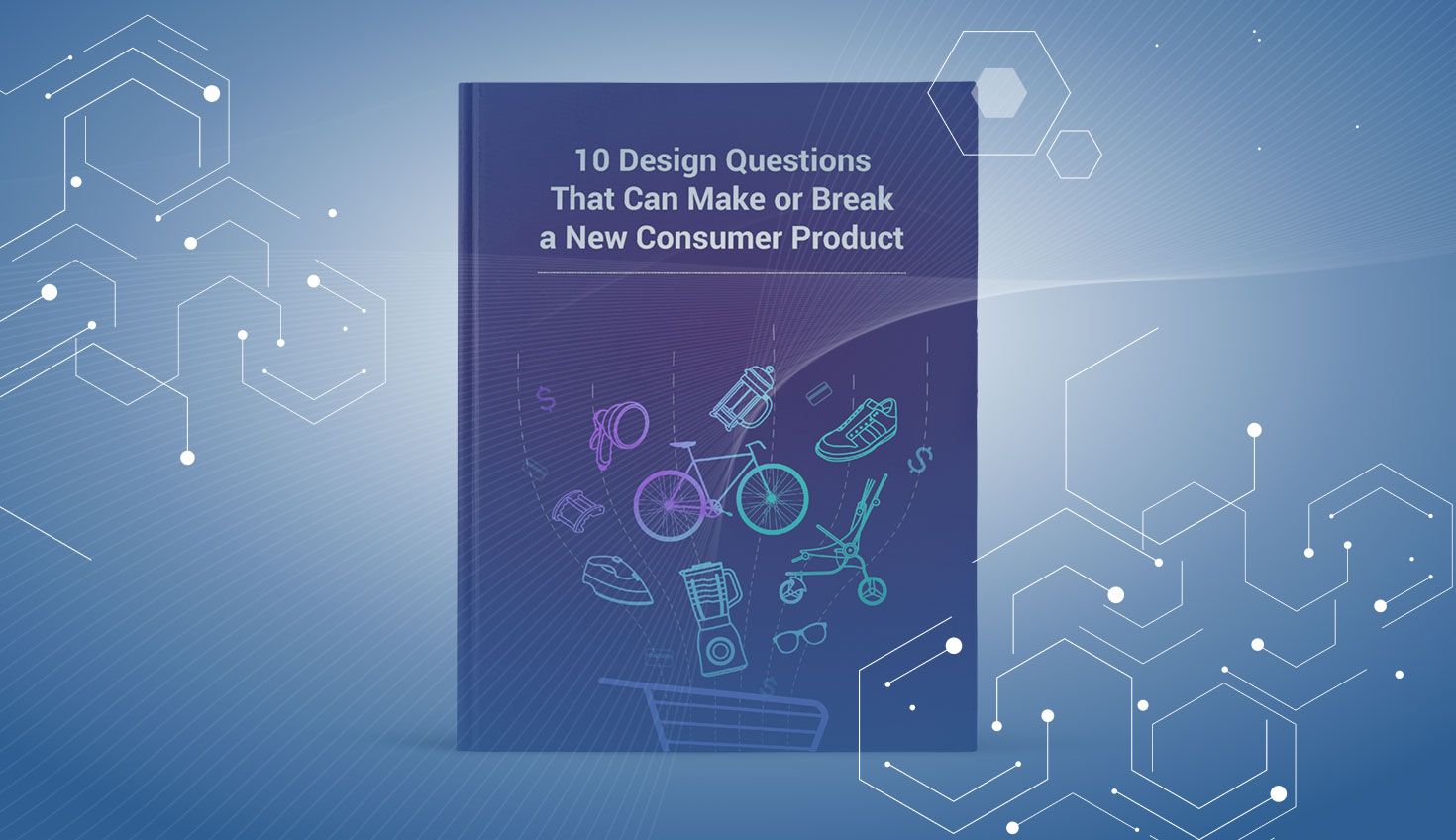
2:23
Addressing a product’s functional needs is necessary, but that is no longer sufficient to guarantee market success. Consumers pay a disproportionate amount of attention to the look and feel of products and demand stylish designs. The look of even the most mundane consumer products is heavily influenced by design trends in fashion, clothing and consumer electronics.
In the past, product designers could get away with less aesthetically designed products for the lower-end market segments. However, this is no longer the case. Style matters to everyone. Consequently, consumer products that offer superior design and customer experience are able to command higher price points and hence higher margins. For evidence of this, look no further than the iPhone. Why does it command a price of $699 and above? Because the value that is derived from all the applications on the iPhone far outweigh its initial cost.
Many products now have a high-end category for items you would not expect to cost $1,000 and up – child car seats, baby strollers, gaming consoles and wheelchairs are notable examples.
A category that does not have well-designed products could represent a great opportunity for a manufacturer to introduce an aesthetically designed and functional product, and very quickly establish a higher price point and become a market leader.
Here are some questions to ask your target customers during initial market research:
- What other products do you use in your daily life?
- What 1-2 products would you describe as the most elegantly designed and functional products and why?
- What 1-2 products would you describe as products that have very poor design aesthetics and why?
- How important is the look and feel of a product when buying one? Can you describe the last purchase of a product where you chose a particular brand because it had a better look and feel?
- Do you spend more money to purchase a product because it has a better look and feel?
Of course, the above questions represent only a small fraction of what you should be asking yourself before you even log into your CAD platform.
To make your design journey easier, Onshape’s latest eBook provides a must-have checklist for you to pressure-test your ideas. The “10 Design Questions That Can Make or Break a New Consumer Product” come from mid-career engineers and designers who graciously shared their decades of product development experience. Their companies specialize in a wide range of products, including: acoustic equipment, home furnishings, baby products, athletic gear, power tools, farming equipment, FM radios, and bicycles.
Despite the diverse focus of these successful companies, it’s remarkable how much their product design and development processes share in common. Their hard-learned lessons can now benefit you, potentially saving your company time, money and frustration.
Download your copy of “10 Design Questions That Can Make or Break a New Consumer Product” today!
Latest Content

- Case Study
- Consumer Products
BOA Technology: Redefining Outdoor Fit Equipment with Cloud-Native Onshape
11.03.2025 learn more
- Blog
- Becoming an Expert
- Assemblies
- Simulation
Mastering Kinematics: A Deeper Dive into Onshape Assemblies, Mates, and Simulation
12.11.2025 learn more
- Blog
- Evaluating Onshape
- Learning Center
AI in CAD: How Onshape Makes Intelligence Part of Your Daily Workflow
12.10.2025 learn more
- Blog
- Evaluating Onshape
- Assemblies
- Drawings
- Features
- Parts
- Sketches
- Branching & Merging
- Release Management
- Documents
- Collaboration
Onshape Explained: 17 Features That Define Cloud-Native CAD
12.05.2025 learn more



